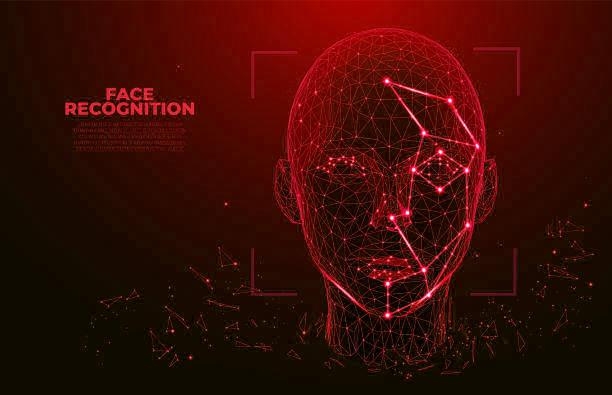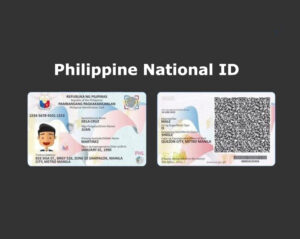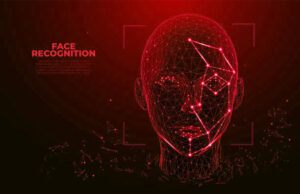
Facebook declared that they abandon its facial recognition technology. The software was being used by Facebook, or Meta, to automatically recognize people in pictures uploaded to its social network. Facebook disabled the “feature” because facial recognition has become an increasingly divisive idea in many communities and the company already has too much on its plate. However, that does not imply that the technology does not exist or even that it is no longer in use.
According to its definition, a facial recognition system is a tool used to identify and/or authenticate users by using technology to compare a human face from a digital image or video frame against a database of faces.
What is the process of facial recognition?
Although there are many different algorithms and systems that can perform facial recognition, they all work fundamentally the same way: they use biometrics to map facial features from an image or video. The image is taken and converted into a series of numbers that describe the required face identification. The software analyzes the face’s shape by taking a number of measurements that, when added together, give the face its own distinctive quality. Using a “faceprint,” which is a numerical representation of the face’s mathematical formula, it is possible to quickly identify a person by comparing their faceprint to those in a database.
How does facial recognition function?
The most well-known application of facial recognition is to unlock a phone or other device. Your face is compared to those who have permission to use the phone in those situations.
Some major airports around the world have a second practical facial recognition system. More and more travelers are carrying biometric passports, which let them bypass lengthy lines and go straight through an automated ePassport control to get to their gate faster. By using facial recognition technology, airports can increase security while also cutting down on wait times.
The fact that in some nations mobile and/or CCTV facial recognition is used to instantly match an image against one or more face recognition databases in order to identify any person is a lot less consensual. There are currently well over 100 nations that either employ facial recognition technology for surveillance purposes or have given their approval for its use. This has raised many concerns about our privacy.
What exactly is wrong with facial recognition?
The aforementioned illustrates that facial recognition is not always a bad thing. Additionally, it can be applied to boost both public and individual security. When the database user’s consent is absent, it becomes a privacy concern. People, particularly those living in big cities, have grown accustomed to spending a lot of time outside while being watched. However, it becomes concerning when facial recognition adds an additional layer of tracking or the potential to do so.
China, for instance, is already firmly committed to using numerous tracking and surveillance systems. Estimates place the number of CCTV cameras in the nation at well over 400 million, and they do not hesitate to use facial recognition in public shaming to catch people who are jaywalking and other minor traffic offenders.
Some tech behemoths have backed away from the technology or halted their development as a result of the privacy implications. The use of biometrics to track and identify people without their permission is regarded as an invasion of privacy by many organizations, including the American Civil Liberties Union (ACLU) and Electronic Frontier Foundation (EFF). As a result, many organizations have expressed opposition to facial recognition technology. Many believe that the technology currently in use to monitor our actions, preferences, and movements is more than adequate.
Can I find someone using facial recognition technology?
A large database or a lot of luck would be needed for someone to be able to identify another person. The faceprints are compared to those in a database, as we previously explained. Additionally, a sizable portion of the population you are looking for must be present in that database.
There are other ways to find a person if the database does not contain him. One comparison for a picture would be one that has been seen by many people on social media. Some organizations have amassed sizable databases simply by gathering images from social media. You might be astounded by the outcomes of a reverse image search as well. Basically, the sophistication of your search algorithm and the number of online images of your subject determine the likelihood that you will find a person based on a picture.
On the other hand, avoid posting your photos online if you don’t want to be found, and if you do, make sure they are hidden from the general public. Similarly, stay away from databases.






